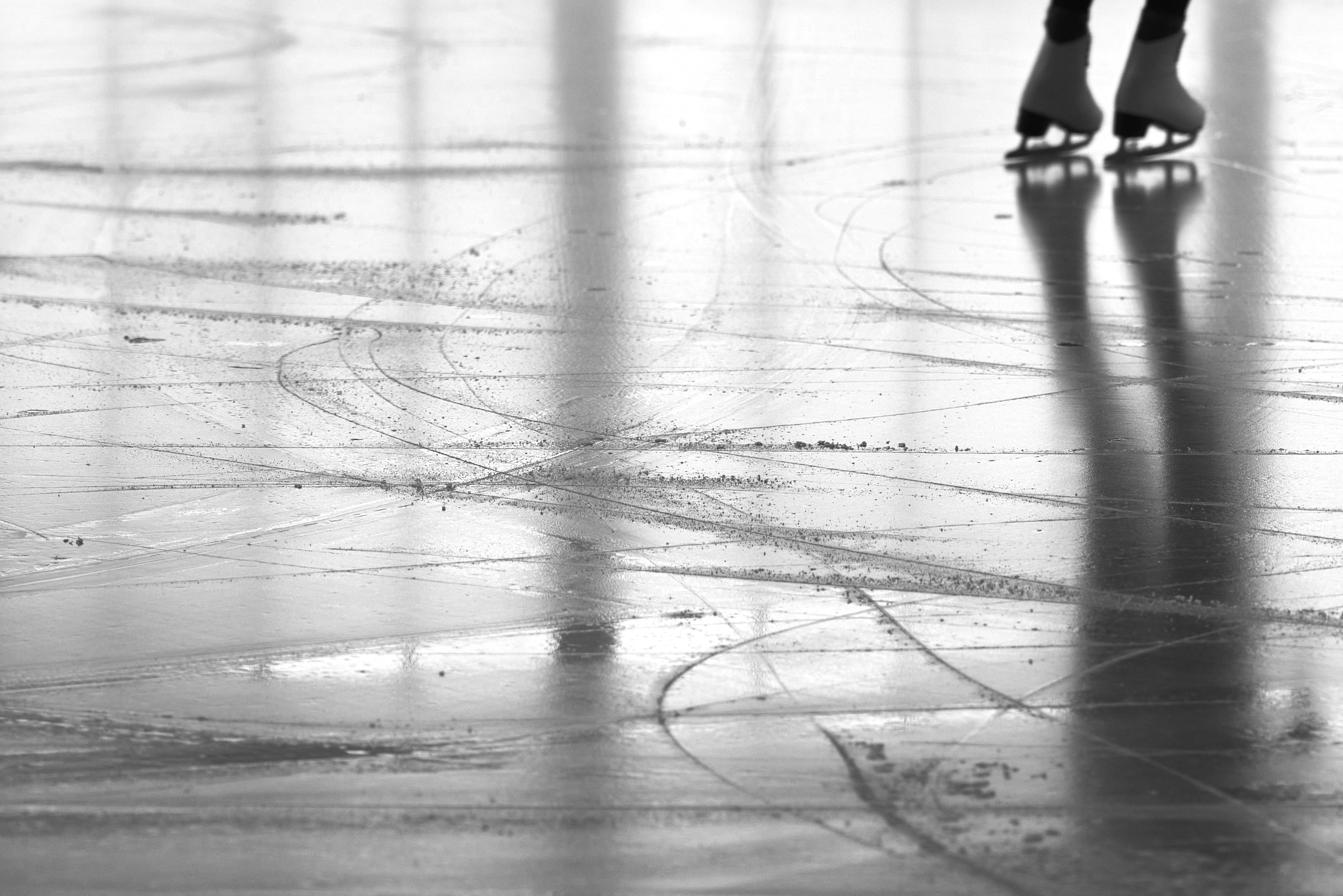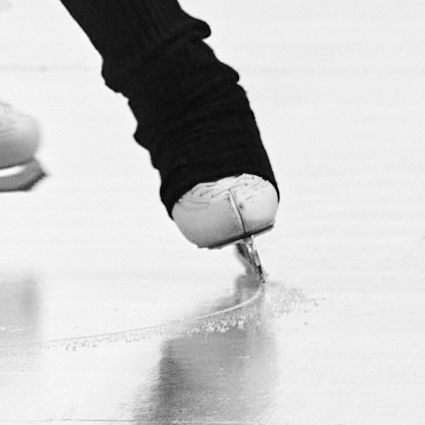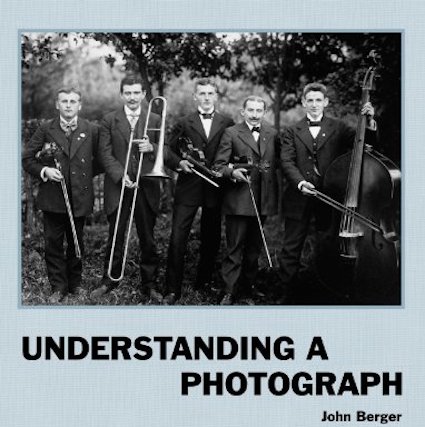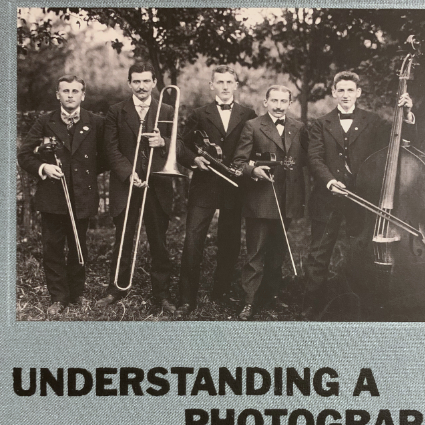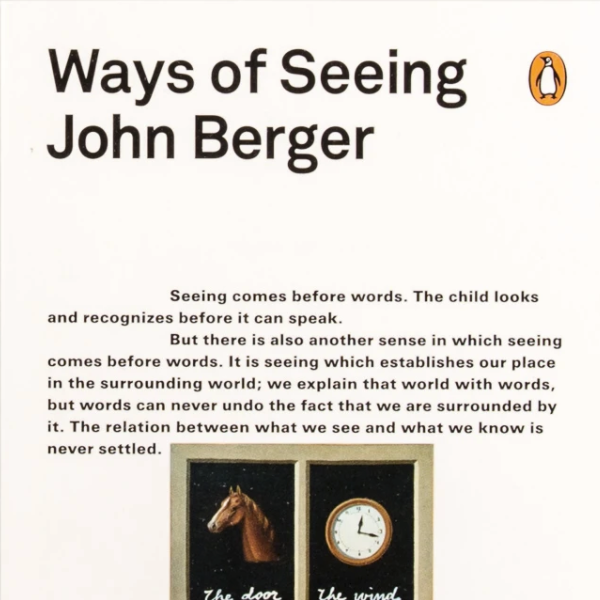That a photograph must tell a story is commonplace. “Storytelling” has conquered every form of photography, from landscape to street photography to elaborately staged scenes. I prefer to see photographs as fragments, extraits from a now lost present. John Berger remarked on the gap between the moment photographed and the present, saying
All photographs are of the past, and yet in them an instant of the past is arrested so that, unlike a lived past, it can never lead to the present.
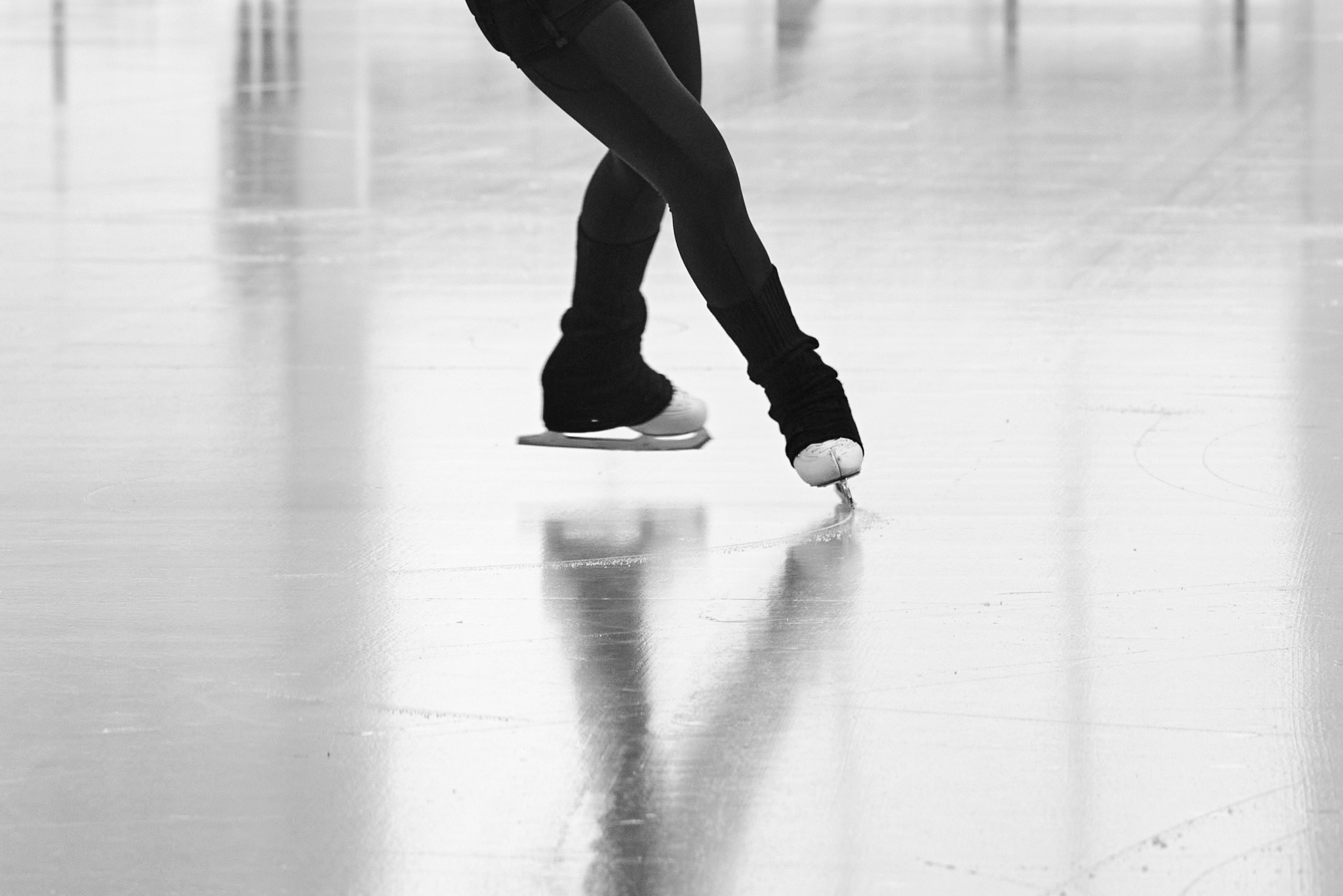
Photographs, in being fragments contain only traces of their own immediate pasts. From those traces we imagine a thousand different possible pasts that remain entombed like some ancient insect in the amber of the past.
